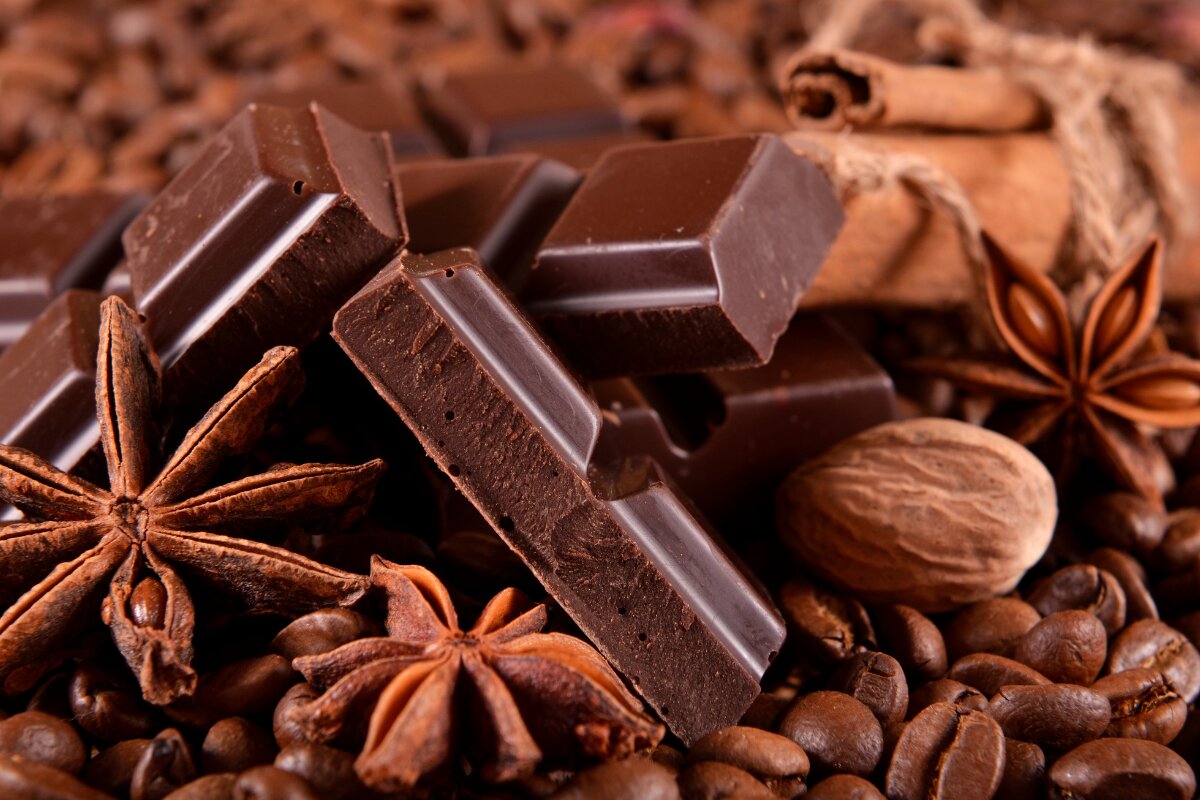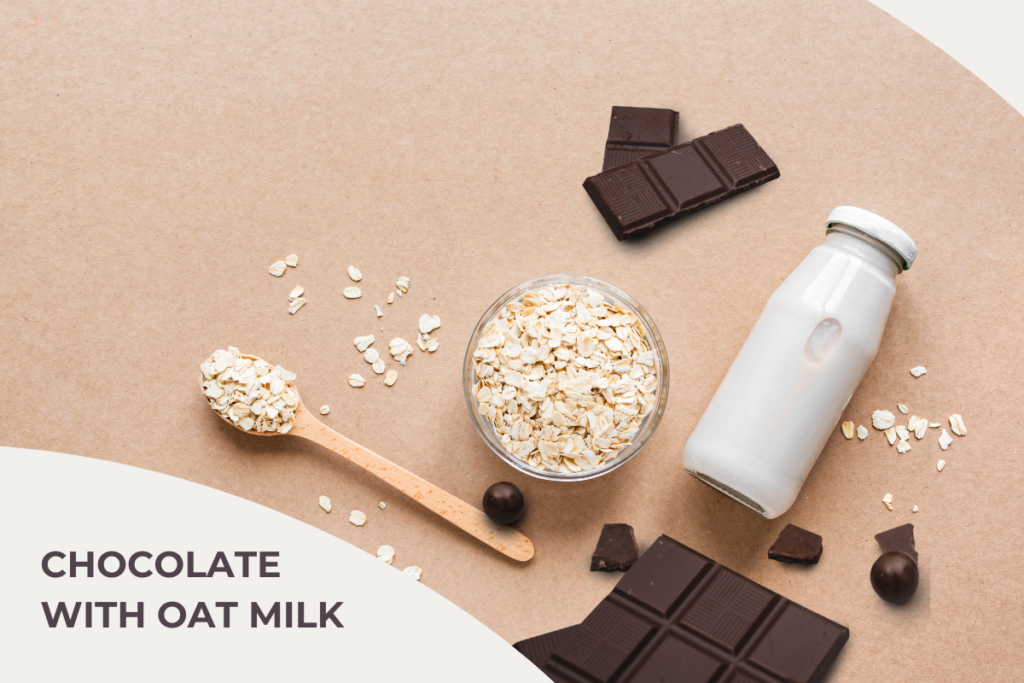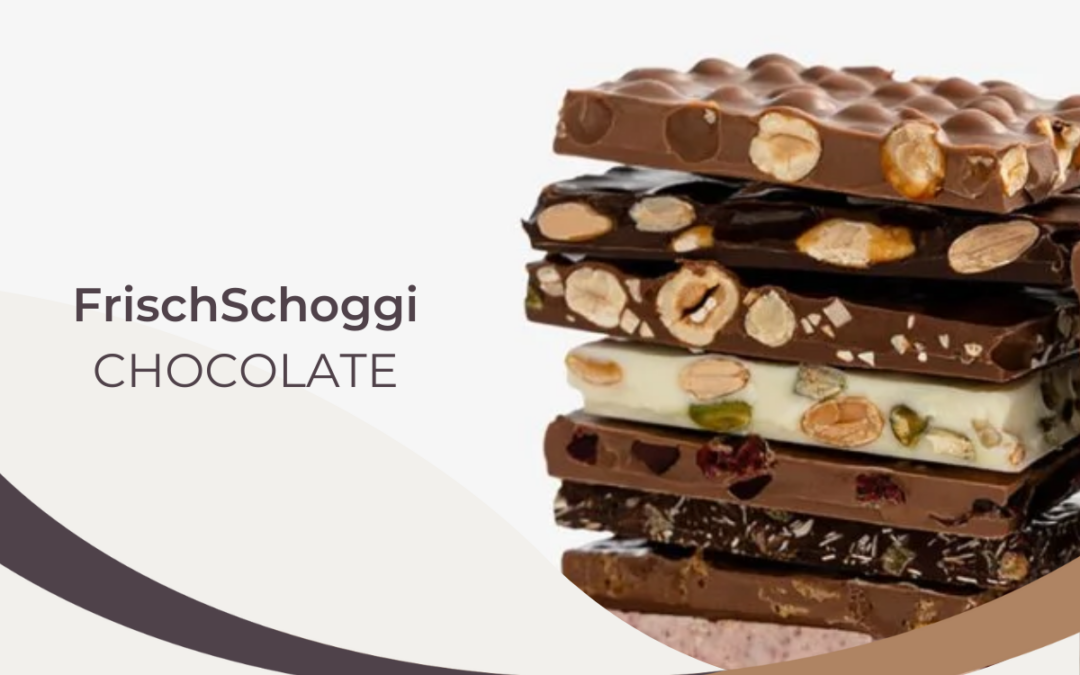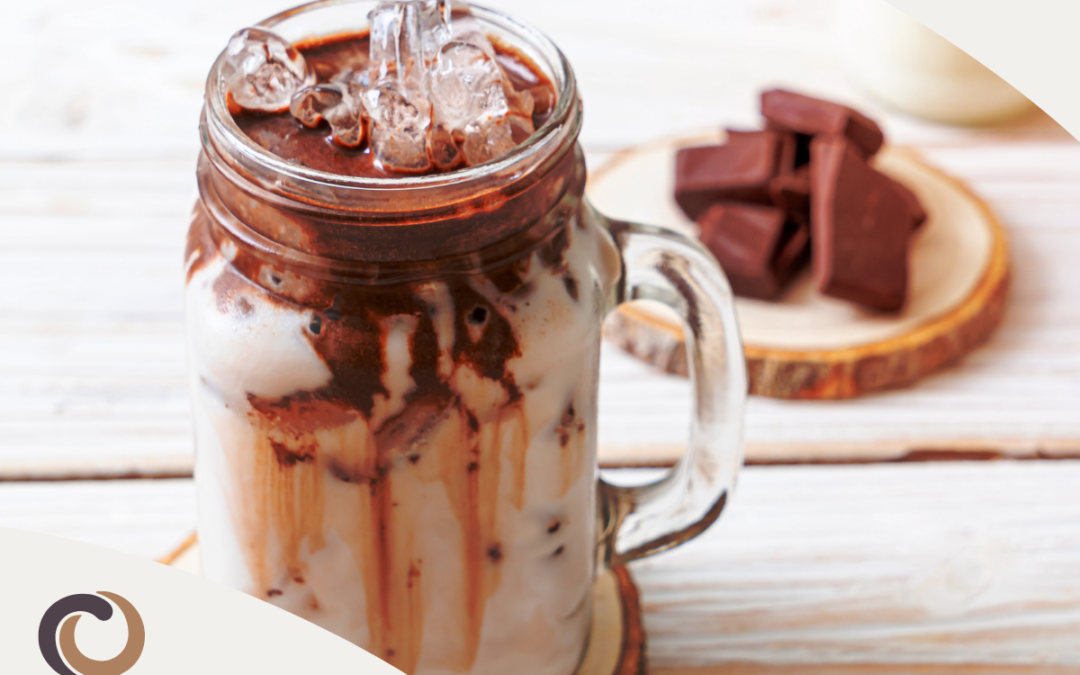Welcome to CocoTerra’s ultimate chocolate and spice pairing guide, where we explore the art of combining chocolate with various spices. Get ready to awaken your senses and elevate your chocolate expertise. From the subtle warmth of cinnamon to the tingling heat of spicy chili, we’ll unravel the secrets behind creating exquisite combinations that redefine the boundaries of chocolate.
Chocolate and Spices
When chocolate and spices are combined, the result is a symphony of taste. The combination invites you to explore new flavors and appreciate each ingredient. Let’s explore the origins and science behind chocolate flavor pairings.
The Rich History of Chocolate and Spice
From classic combinations to daring fusions, every flavor profile tells a story of creativity. This is not just a combination of ingredients; it’s a fusion of cultures, a celebration of culinary creativity that takes your taste buds on a global journey. From the spice bazaars of India to the chocolate houses of Belgium, this is a symphony composed by artisans who understand that true magic happens when seemingly disparate elements come together.
As you may know, chocolate didn’t start as a tablet or bar, but rather as a spice-infused beverage enjoyed by the Mesoamerican inhabitants of South America. If you want to experience chocolate as it was first consumed, try making your own Mayan chocolate drink.
Understanding Chocolate and Spice Combinations
Complement and contrast
Appreciating new flavors and experimenting with unique flavor combinations along with a pinch of creativity are important factors when it comes to developing new chocolate and spice combinations.
When you want to add a spicy kick to your chocolate, certain spices can complement its inherent flavors. For example, cinnamon’s warmth can enhance the richness of dark chocolate, creating a cozy and comforting combination. And contrasting flavors of sweet chocolate with spicy or savory spices creates a balance that tantalizes the taste buds. For example, the heat of chili can enhance the sweetness of chocolate, creating a dynamic flavor profile.
Aromatic Notes
Orange zest or lemongrass can add a bright, refreshing note to chocolate. The combination of citrus with fruity dark chocolate creates a vibrant and zesty flavor profile. Make sure that you understand the flavor profile of your cocoa origin and select ingredients that build layers of flavor. Earthy spices like cardamom or cloves contribute aromatic undertones that complement the depth of rich chocolate flavors.
Chocolate types
Understanding how certain spices complement different types of chocolate is crucial for creating different flavor profiles.
For example, dark chocolate has a bold cocoa flavor that pairs well with deep, rich spices. Try combining dark chocolate with coffee, ginger, cloves, sea salt or even smoky spices such as chipotle peppers. On the other hand, milk chocolate has a creamy texture and can harmonize well with spices that have a softer profile such as vanilla, cinnamon and nutmeg.
The Science of Adding Spices
Understanding the science of chocolate is critical when adding spices to chocolate. Without understanding these details, it’s very easy to ruin a batch of chocolate. Let’s start with the basics… Chocolate is a suspension, which means there are small particles (sugar, cocoa solids, etc.) suspended or floating in fat (cocoa butter). When adding spices to chocolate, there are two ways that this can be accomplished easily. You can either add a dry spice to the mix and it will be ground up into small bits that will float in the cocoa butter alongside the rest of the solids, or you can add an oil-based extract which will combine with the cocoa butter (no grinding required). The spice must have fat soluble components for a flavored oil to be developed, so not all spices are available as oil-based extracts. Be sure never to add an alcohol-based extract (or fresh spices that contain water) to your chocolate since this will seize your chocolate and ruin it beyond recovery.
If you have an alcohol-based extract that you’d like to use, not to worry, there is a way to make it work. Take your roasted nibs and soak them in the desired amount of alcohol-based extract. The flavor will infuse into the nibs and the alcohol will evaporate away. Since there is some residual water in alcohol extracts, it’s best to dry the nibs in an oven to ensure that all the water has evaporated away (weigh your nibs before and after infusion, to determine if they are sufficiently dry).
Top 5 Combinations of Dark Chocolate with Spices
Combining dark chocolate with various spices can create a complex and indulgent experience. Experimenting with these combinations, consider the intensity of the spices and the cocoa content of the chocolate. The goal is to achieve a harmonious balance where the spices enhance rather than overpower the dark chocolate.
- Pink peppercorn and dark chocolate
- Chili pepper and dark chocolate
- Sea salt and dark chocolate
- Spearmint and dark chocolate
- Coffee and dark chocolate
Top 5 Combinations of Milk Chocolate with Spices
Milk chocolate, with its smooth, creamy texture, is a versatile choice for pairing with spices. When working with these combinations, consider the sweetness and complementary flavors of each ingredient to achieve a harmonious balance.
- Chai spices and milk chocolate
- Nutmeg and milk chocolate
- Bergamot and milk chocolate
- Cinnamon and milk chocolate
- Thyme and milk chocolate
Top 5 Combinations of White Chocolate with Spices
White chocolate is a great base for combining different spices. The smooth sweetness of white chocolate and the aroma of spices can result in an amazing flavor.
- Rosemary and white chocolate
- Cardamom and white chocolate
- Lavender and white chocolate
- Matcha and white chocolate
- Saffron and white chocolate
Tips for Creating Your Own Pairings
Get to know the basic flavor profiles of chocolates and spices. Consider the sweetness, bitterness, and texture of the chocolate, and the warmth or earthiness of the spices. Start with a good-quality chocolate. Whether you choose dark, milk or white chocolate, its quality will influence your pairing.
Make sure that you understand how the spice interacts with the chocolate components and how the spice will be experienced when consumed. Is the spice fat soluble or water soluble? If the spice is fat soluble, then the flavors will infuse into the cocoa butter and will be experienced as the chocolate melts on the palate. However, if the spice is not fat soluble, the flavor won’t be experienced until after the chocolate melts, releasing the flavor trapped inside. Salt is a good example. The consumer experiences the chocolate flavors as the chocolate melts from the heat in the mouth, while the salt isn’t experienced until the salt is dissolved by the saliva in the mouth. This can create a layered flavor effect, so make sure you understand the science of the spices you are using.
When pairing chocolate and spices, also make sure to pay attention to the intensity of each. Some spices have bold and robust flavors that pair well with dark chocolate, while others may be better suited for the milder sweetness of milk or white chocolate. Aim for balance. The goal is to enhance the chocolate’s flavor with the spice rather than overpower it. Adjust quantities accordingly when experimenting with different spice combinations.
Experiment with mixing and matching spices to create complex flavor profiles. A blend of spices can offer a more interesting taste experience than using a single spice. Begin with small quantities of spice, especially if you’re experimenting. You can always add more, but it’s challenging to correct an overly spiced creation.
Remember, the joy of creating your own chocolate and spice pairings comes from experimenting with different flavor combinations. Don’t be afraid to push the boundaries of traditional flavor combinations.
Happy experimenting!
We hope you enjoyed this article. For more great articles, check out the rest of our CocoTerra blog.
If you have any questions or comments, feel free to contact us through our social media channels. We are @cocoterra_co on Instagram and Pinterest and @cocoterraco on X (aka Twitter) and Facebook.







